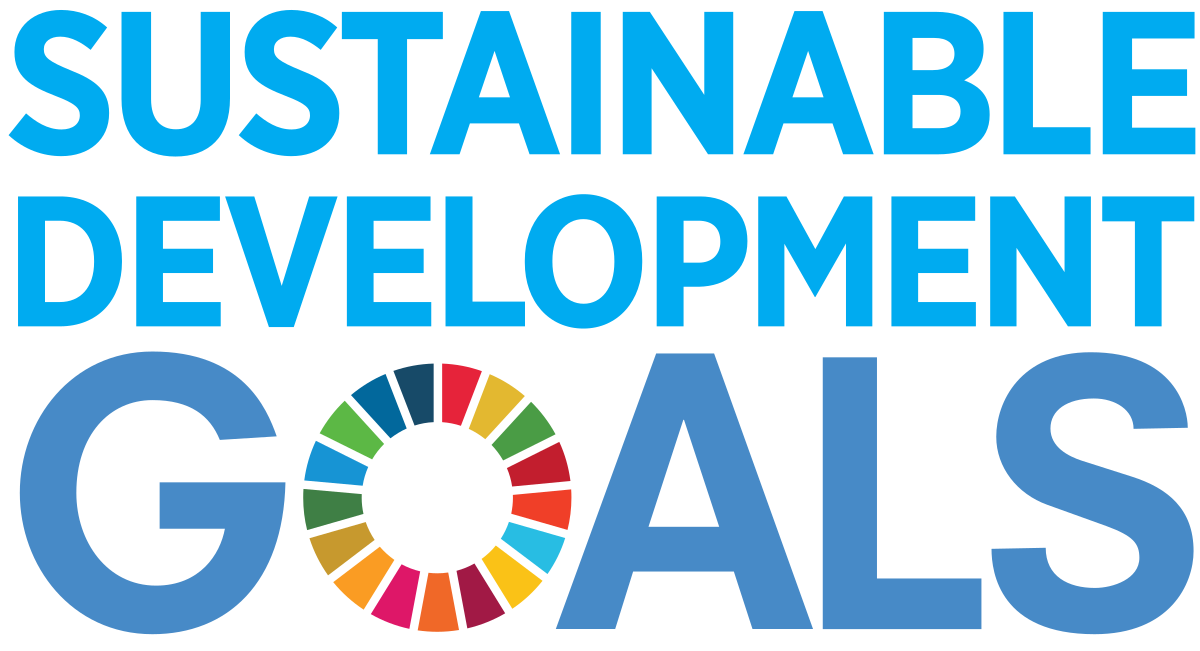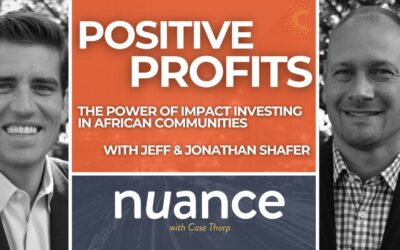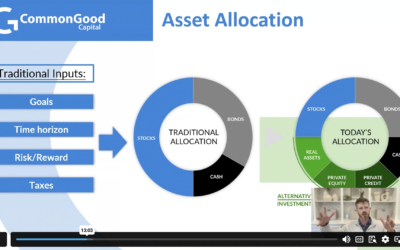Our world is hurting…
Capital has the power to change the world…
Capital is a tool and is used for good and for bad. The difference is the goal and the motives behind the capital. Imagine what would happen if we filled the gap between purely profit and purely charity. It would create another vision of success and undoubtingly unleash untapped creativity and innovation.


It’s the New Exchange
Historically, investing has been dominated by one major concept: risk and reward. However, in a 2017 survey, 75% of respondents said they were interested in investments that focus on achieving both financial returns and have a social or environmental impact. Impact investing is this New Exchange.
Trade fear and greed for joy and freedom
It is said that the markets run on fear and greed which are two natural emotions we have to deal with. But how do you move from fear and greed to joy and freedom? The key is to look beyond yourself. Align your capital with investment themes you have a passion for or care about. Let your capital work for you and for others.

What is Impact investing?
Impact investments intend to create measurable social and environmental impact alongside financial returns. They are designed to invest in the common good – like creating affordable and workforce housing, investing in Africa, helping businesses started by formerly incarcerated individuals, or environmental solutions like climate smart forestry and renewable energy.
Historically, people have had a disconnect between what they value (socially, environmentally, etc.) and their actual investment capital. However, in a 2017 survey, 75% of respondents said they were interested in investments, companies or funds that focus on achieving both financial returns and have a social or environmental impact. As traditional investing typically focuses on returns alone, values-based investing has a dual-purpose focus: align your investment capital in the common good making a positive impact, while still providing financial returns.
“When you invest, someone is always using your money to have some kind of impact. Why not invest in what you care about and believe in?”
Jeff Shafer
What Impact Investing is Not…

Charity

INCONSISTENT
Some investors believe you can’t have your cake and eat it too, i.e., invest for attractive, risk-adjusted returns and also for impact. We, and the trillions of dollars in institutional capital already invested in this manner, disagree. Instead, Impact Investing takes a long-term approach, considering all stakeholders, and understands that a business is much more than just its bottom line.
Aligned with UN Sustainable Development Goals
The United Nations, in cooperation with stakeholders around the world, has created the Sustainable Development Goals, which seek to achieve 17 development outcomes on a global basis. Ranging from the eradication of poverty to the provision of quality education for all, the SDGs provide a helpful framework for investors and asset managers to focus their efforts. CommonGood evaluates investment opportunities through the lens of the SDGs, searching for those that allow investors to participate in the realization of these important global goals.

“Impact investing is about connecting investors’ values and passions with their capital – putting their money to work to not only generate financial returns, but also joy through the creation of lasting impact in the world.”
Jonathan Shafer
Take the Next Step
Related News
Africa was not at all what I expected…
Meeting students at a school in Musanze District, Rwanda The rains kept coming. As did the mud. And my doubts. Not at all what I expected. This is what kept going through my mind as we carved our way along the washed-out, jolting muddy roads 2 hours outside...
Jeff & Jonathan on the Nuance Podcast
Jeff and Jonathan Shafer were recently guests on the Nuance podcast, hosted by Dr. Case Thorp, to discuss impact investing, the intentional placement of one's investment capital in projects that both generate profit and positive social outcomes. The Shafer brothers...
Advisor Webinar Replay: How to Select the Best Private Impact Investments for Your Clients
Do you want to get better at determining the most appropriate private values-based investments for your clients? Eagle Venture Fund hosted a special webinar featuring CommonGood's own Jeff Shafer and Stephen Hestor for RIAs and investment professionals that...



